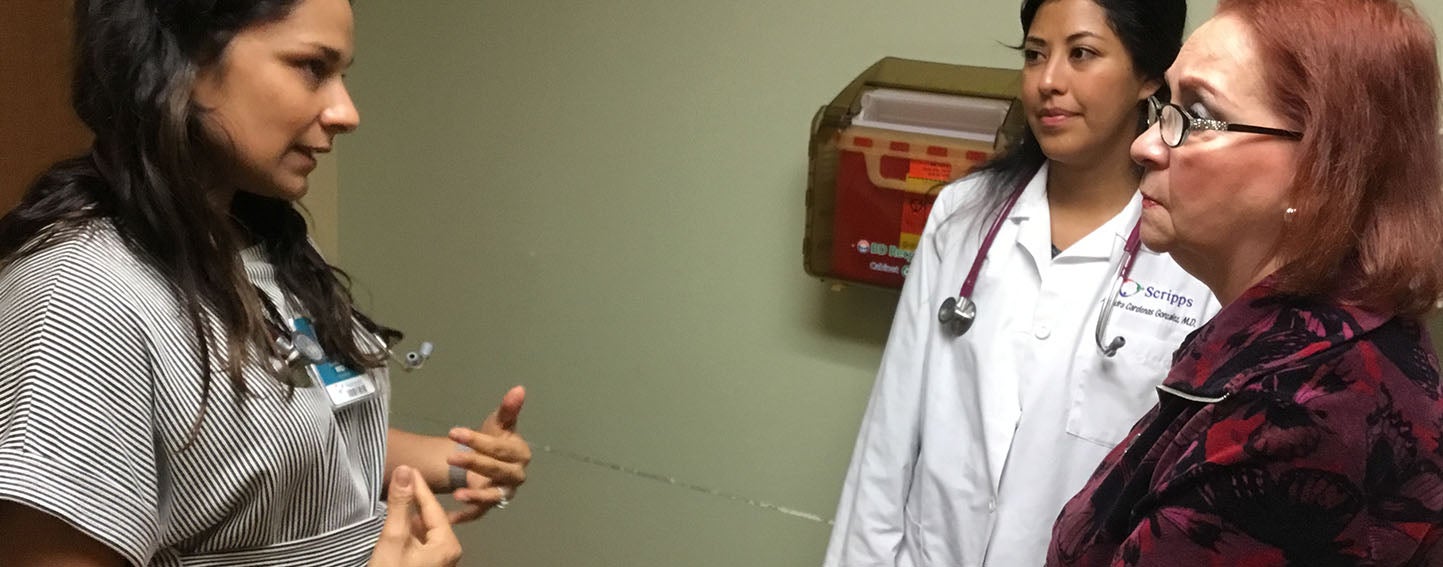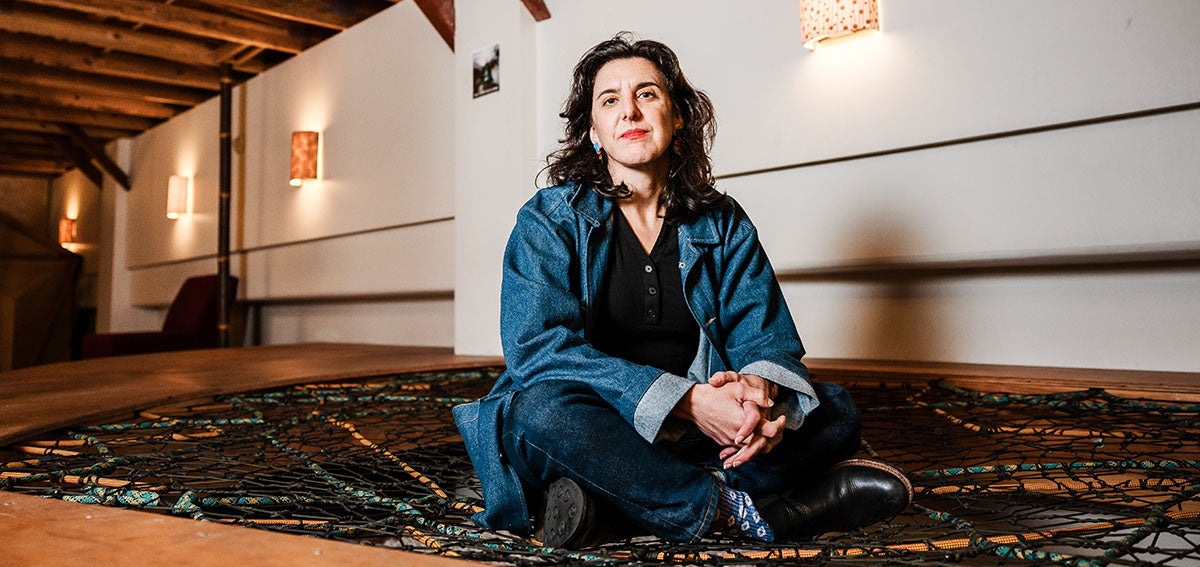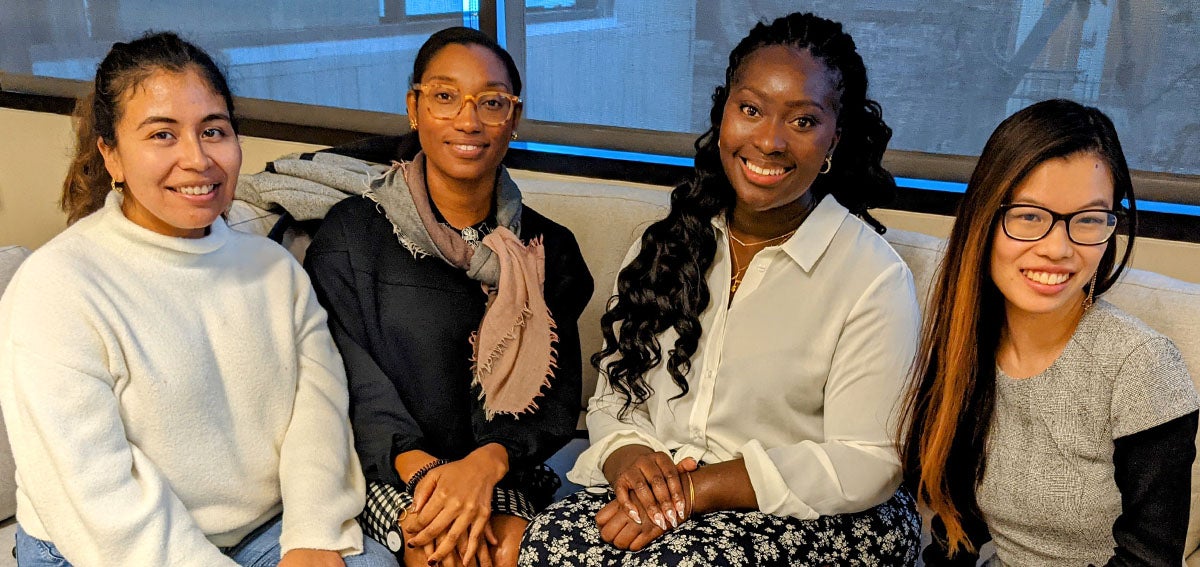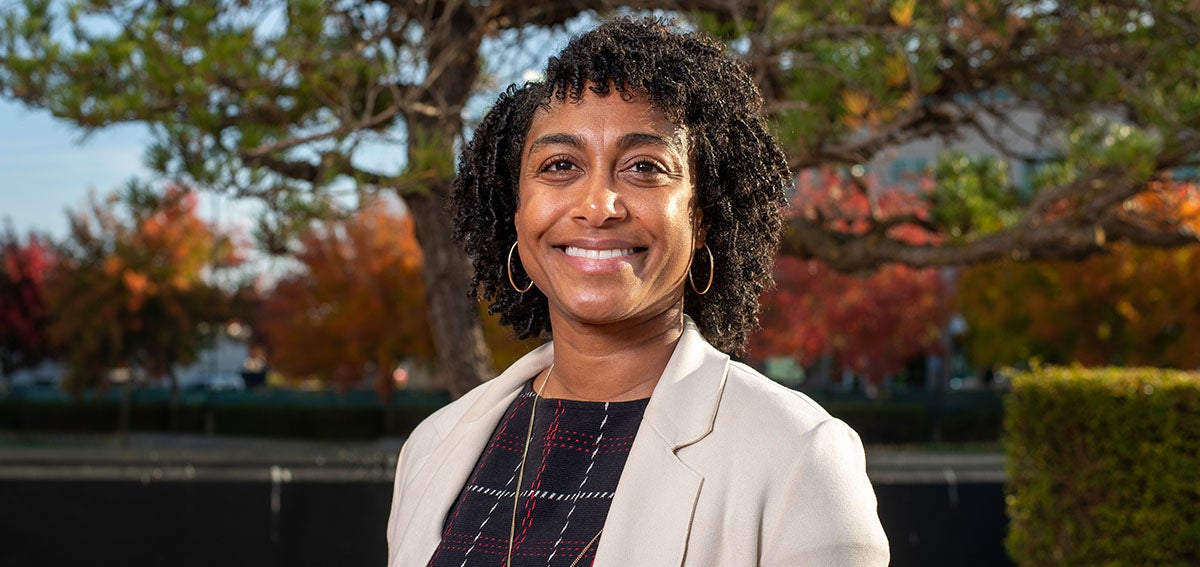
Growing up poor near the Mexican border gave Karla Garcia, MD, MPH, insight into the daily struggles faced by Latinos with low incomes. After her medical training, Garcia returned to the community where she grew up to practice family medicine at San Ysidro Health, which serves San Diego County through a network of clinics near the border.
At her alma mater, the University of California, Irvine (UCI) School of Medicine, Garcia received special training through the Program in Medical Education for the Latino Community (PRIME-LC) and it has been pivotal in shaping her decisions on where to practice, whom to serve, and how to start programs for her predominantly Latino patient base.
One of six PRIME programs statewide, the Irvine unit selects a dozen incoming Spanish-speaking medical students each year who are committed to serving the Latino community. Established in 2004 by Alberto Manetta, MD, a former senior associate dean at UCI, the program graduated its first candidates in 2009. PRIME trains committed medical students to focus on underserved populations and geographic areas, such as the Latino community or rural communities, through a five-year joint MD-master’s program. It provides students with tools for leadership, advocacy, and service. The other five PRIME programs address the medical needs of specific underserved communities in each region.
With PRIME-LC, participants develop skills, learn about issues faced by Latino immigrants, and rotate through community clinics in Southern California and a sister program in Peru. Many PRIME-LC students have overcome significant social and economic challenges to become physicians, which gives them insight into the their patients’ lives.
The other PRIME programs are at UC Davis (rural health and telemedicine), UC San Diego (health equity), UCLA (diverse, disadvantaged communities), a joint program at UC San Francisco and UC Berkeley (urban underserved and diverse, disadvantaged communities), and UC Merced (health needs of San Joaquin Valley).
California Future Health Workforce Commission Praises PRIME
In February, the California Future Health Workforce Commission (PDF) cited PRIME as an important approach to managing the state’s looming shortage of health care workers at a time when the population is increasing and skewing older. The Commission formulated a comprehensive plan to train new generations of workers who reflect the state’s diversity and who will ease the shortage of primary care and mental health providers.
“PRIME is a historic approach to medical education,” said Hector Flores, MD, a commission member and co-director of the family practice residency program at White Memorial Medical Center in East Los Angeles. “We saw this as a pipeline for the people we were recruiting into our residency program. It was a timely and critical program that the UC schools developed. I now see this reflected in private medical school curricula.”
The program shows that the way physicians were trained until 2004 lacked focus on special populations, didn’t give them the big picture of health care that comes with their master’s degree, and didn’t have the opportunity to develop leadership skills, he said. The Commission recommended that the state allocate $94 million to expand the PRIME program across all UC campuses in an effort to produce 630 additional PRIME graduates over 10 years. “It’s a wise investment in a very successful model,” Flores said. “By doubling down on the vision of PRIME we are making a statement that we continue to transform medical education not only across the state but possibly the country as well.”
At her community clinic in Chula Vista, Garcia sees a mix of patients, with an emphasis on maternity patients. PRIME-LC training gave her skills and resources that helped her establish a branch of the national Centering Pregnancy program, which arranges a group visit for pregnant women at which they are offered prenatal care, resources, and emotional support, she said. Garcia also trains and supervises medical residents.
Insights From a Tumultuous Childhood
“My childhood was tumultuous, and I see a lot of that in my patients,” Garcia said. “I understand their struggles. That’s why I want to make a difference for them.”
Garcia was raised by a construction worker father and a mother who worked as a housekeeper. She shuttled between National City, California, and Tijuana, Mexico, sometimes changing schools halfway through the year as family fortunes shifted. When they were in California, her family of five often stayed with relatives.
“Going through struggles makes you appreciate everything when you are older,” Garcia said. “I see it every day in my patients — not having insurance, not having a place to live sometimes… I remember what it was like, always living paycheck to paycheck. We were lucky to be able to go to school and college.”
Garcia has an open, warm, caring personality that helps her connect easily with patients. She speaks to them in rapid-fire Spanish, gently emphasizing the need to take care of their health. She shows the same warmth to resident trainees. “Keeping compassion and humanity in medicine is very important for future generations of physicians, and I want to try to continue to be a role model for them,” she said.
Garcia learned about PRIME-LC while majoring in biochemistry at UC San Diego and saw the program as a way to give back to her community. She applied to the program in medical school, was interviewed in Spanish about her motives and commitment, and was admitted to the second cohort.
International Training Opportunities
The curriculum starts with a summer immersion program to help students understand the cultural nuances and health issues of Latino communities. They travel to the Central Valley and California’s Mexican border, and Mexico City. Along with medical school classes, they study Latin American history and culture, and they debate policy, immigration, and ethnic issues. Then come clinical rotations at community clinics and an international rotation in Lima, Peru. Students take a break from med school after the third year for a graduate degree related to public health (a master’s in business administration [MBA], a master’s in science or public health) before finishing the final year of medical training and beginning a residency. The program offers $50,000 to defray the expenses of the master’s degree. Garcia used the support to obtain an MPH at Harvard University.
“I know many of my former classmates would have loved to be in PRIME-LC. It’s a tight-knit family, and we can count on each other and on our faculty. It’s something my friends don’t have in other medical schools, where they feel no one has their back. The network we have is incredible.”
— UCI medical student Mariana Gomez
Charles Vega, MD, the PRIME-LC director at UCI and a family medicine physician who has spearheaded the program since it began, said its alumni are having a significant impact. “They’re working hard to push the frontiers to help the Latino community through health education and their clinical practice,” Vega said.
After medical school, the PRIME network continues offering moral support and helps alumni write grants to launch programs.
Many PRIME-LC graduates have started such initiatives as nonprofit organizations and community education efforts. One alumna who practices emergency medicine at UCLA-Harbor Medical Center returns once a month to her native Orange County to give a health education talk at a community center. It’s entitled Una Hora con la Doctora — an hour with the doctor. Another graduate helped launch Mi Mentor, a national organization run by undergraduate students to help people of color with low incomes overcome barriers to health careers. A third has become a leader with the nonprofit California Health Professional Student Alliance, which advocates for universal coverage through rallies, lectures, and calls to action.
“I know many of my former classmates would have loved to be in PRIME-LC,” said Mariana Gomez, a UCI medical student now working on an MBA. “It’s a tight-knit family, and we can count on each other and on our faculty. It’s something my friends don’t have in other medical schools, where they feel no one has their back. The network we have is incredible.”
From Translator to Physician
Gomez volunteered at free clinics while an undergraduate at UCLA and acted as translator for Latino patients.
“PRIME-LC has given us a skill set that helps us approach problems from a different mindset,” she said. “We have a deeper understanding of how Latinos are treated, how a patient’s zip code affects health and life expectancy. Most students [elsewhere] won’t know where to go to get help to begin addressing these issues. Most of all, we learned there are no cookie-cutter patients. Their socioeconomic backgrounds impact their health and who they are.”
Gomez plans to be an anesthesiologist. She enjoys being in the operating room, and she finds Latino patients to be grateful that she can communicate in Spanish before surgery. When she starts working in the field, she plans to teach and help students chart paths to health care careers.
“I’d like to mentor future medical students, create more streamlined processes for people in high school, and launch a pipeline program from when they’re younger,” she said. “I’m hoping to use my administrative skills from my MBA. I’ve seen physicians win grant money but then see it frittered away by administrative costs. I’m hoping with my training that I can retain more of the grant money in the program itself and sustain the program better.”
In Chula Vista, Garcia stays close to her PRIME-LC roots by mentoring medical residents who are alumni of the program.
“Seeing today’s PRIME graduates and how excited they are is really inspiring,” she said. “Now that I’m out, I carry the skills I learned from PRIME-LC with me every day.”
Authors & Contributors

Padma Nagappan
Padma Nagappan is a journalist who covers health, environment, and agriculture. Within the health beat, she focuses on public health issues, health impacts of environmental issues, medical advances, and medical research. She has reported on substance abuse and the opioid crisis, health disparities, cancer, mental health, and drug interactions. Her stories have been published in media outlets in the US and UK, including Everyday Health, Dermatology Times, US News & World Report, New Scientist, TakePart, MedShadow, Ag Alert, SugarOnline, San Diego Union-Tribune, and KPBS TV and Radio.
Padma earned a master’s degree in business administration from Madurai Kamaraj University in India.





